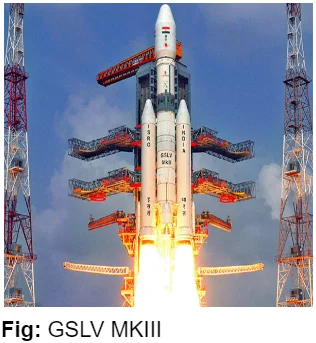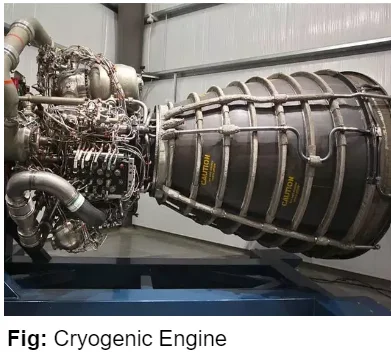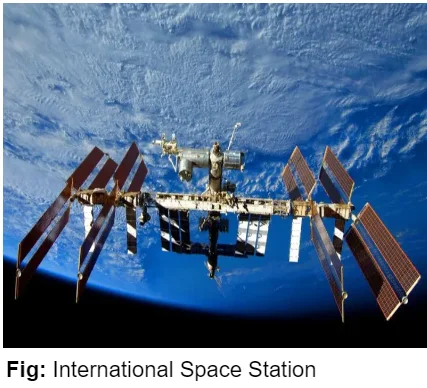![]() June 17, 2024
June 17, 2024
![]() 3640
3640
![]() 0
0
India’s space program, led by the Indian Space Research Organisation (ISRO), has developed a range of launch vehicles to deploy satellites into space. These include the Polar Satellite Launch Vehicle (PSLV), the Geosynchronous Satellite Launch Vehicle (GSLV), and the cost-effective Small Satellite Launch Vehicle (SSLV), along with advanced propulsion technologies like cryogenic engines. Additionally, India is making significant strides towards launching its own space station by 2030.
Three 3 Stage Vehicle: GSLV is a 3-stage Launch vehicle with solid fuel in the 1st stage, liquid in the 2nd stage and cryogenic in the 3rd stage.

Design for Small Satellite Launch: Designed by ISRO’s Vikram Sarabhai Space Centre, to launch payload capacity of 500 kg to Low Earth orbit & 300 kg to Sun-synchronous orbit for launching small satellites.
Purpose and Usage: Sounding rockets are one or two stage solid propellant rockets used for probing the upper atmospheric regions and for space research.
Towards More Cleaner Fuel: The Indian Space Research Organisation (ISRO) is using the very poisonous and corrosive fuel UDMH (Unsymmetrical Di-Methyl Hydrazine), combined with the oxidiser nitrogen Tetroxide.
Propellant: It is a chemical mixture that comprises a fuel and an oxidizer that is burned to provide thrust in rockets.
Fuel Used: A cryogenic rocket engine uses a cryogenic fuel or oxidizer, which means the fuel or oxidizer (or both) are gases that have been liquefied and kept at extremely low temperatures.

Types of Air-Breathing Engines: In the burning of fuel, air-breathing engines utilise oxygen from the environment.
Location: The International Space Station (ISS) is a low-Earth-orbiting, habitable artificial satellite.

Recent Developments
|
Launchers or Launch Vehicles are used to carry spacecraft to space. India has two operational launchers: Polar Satellite Launch Vehicle (PSLV) and Geosynchronous Satellite Launch Vehicle (GSLV).[UPSC 2018]
| Must Read | |
| Current Affairs | Editorial Analysis |
| Upsc Notes | Upsc Blogs |
| NCERT Notes | Free Main Answer Writing |
ISRO’s diverse range of launch vehicles highlights India’s growing capabilities in space technology, enabling successful missions such as Chandrayaan-1, Mangalyaan, and Chandrayaan-2.
<div class="new-fform">
</div>
Latest Comments